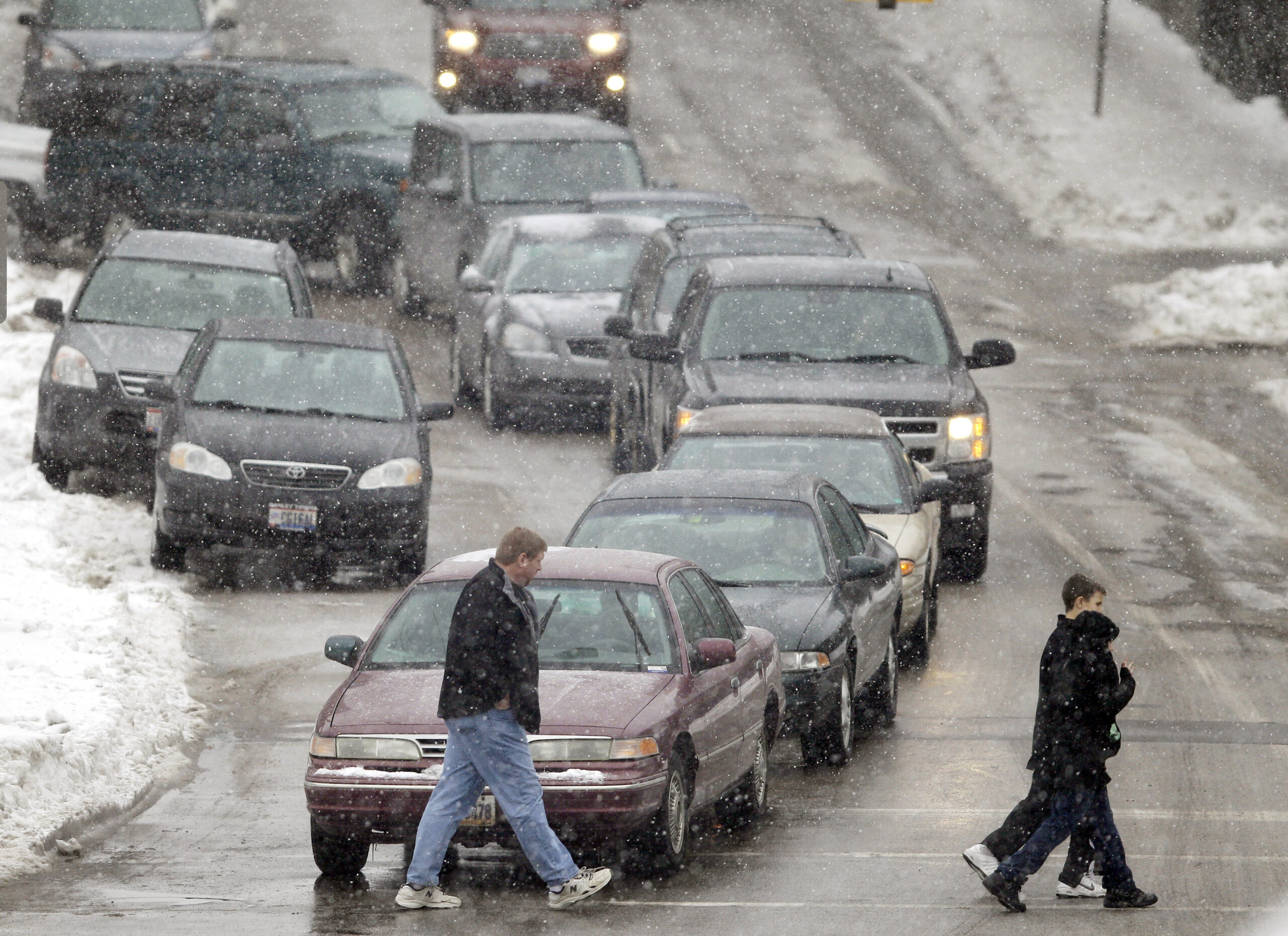FACT FOCUS: Conspiracies misconstrue ‘15-minute city’ idea

Cities where people can live a short walk from work, school and other daily essentials rather than braving traffic-clogged highways or long commutes: utopian ideal or dystopian nightmare?
In 2023, apparently, it depends on who you ask.
Some conservative commentators and conspiracy theorists are increasingly convinced the concept of a “15-minute city” — an urban design principle recently embraced by cities ranging from Paris, France to Cleveland, Ohio — is the latest nefarious plot to curtail individual freedoms.

Brooklyn Boro
View MoreNew York City’s most populous borough, Brooklyn, is home to nearly 2.6 million residents. If Brooklyn were an independent city it would be the fourth largest city in the United States. While Brooklyn has become the epitome of ‘cool and hip’ in recent years, for those that were born here, raised families here and improved communities over the years, Brooklyn has never been ‘uncool’.